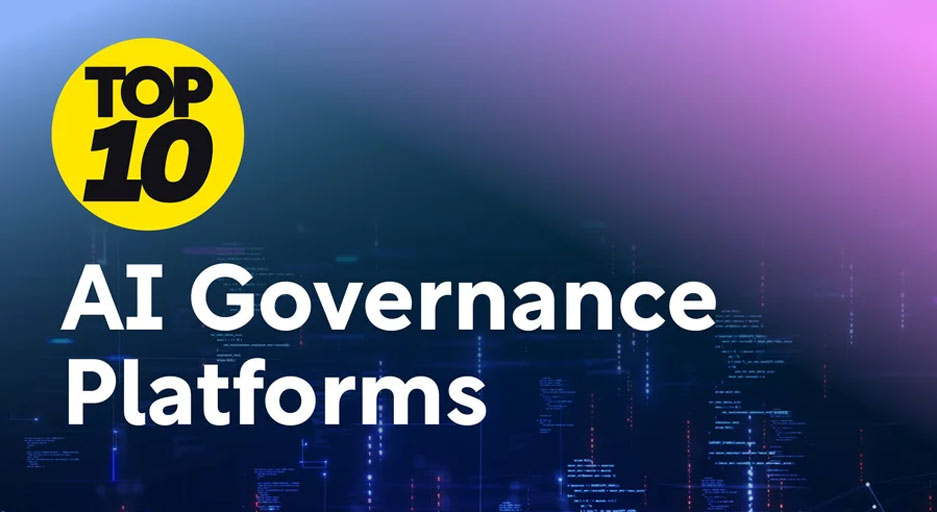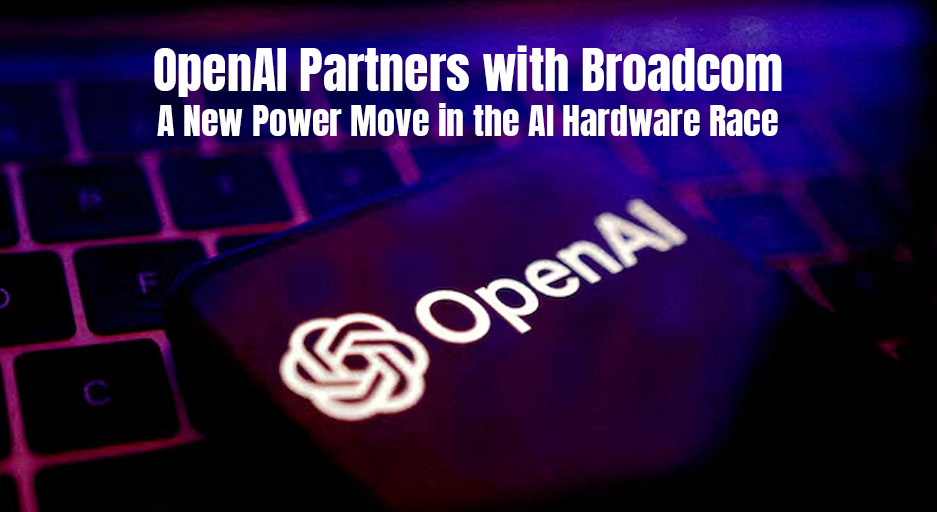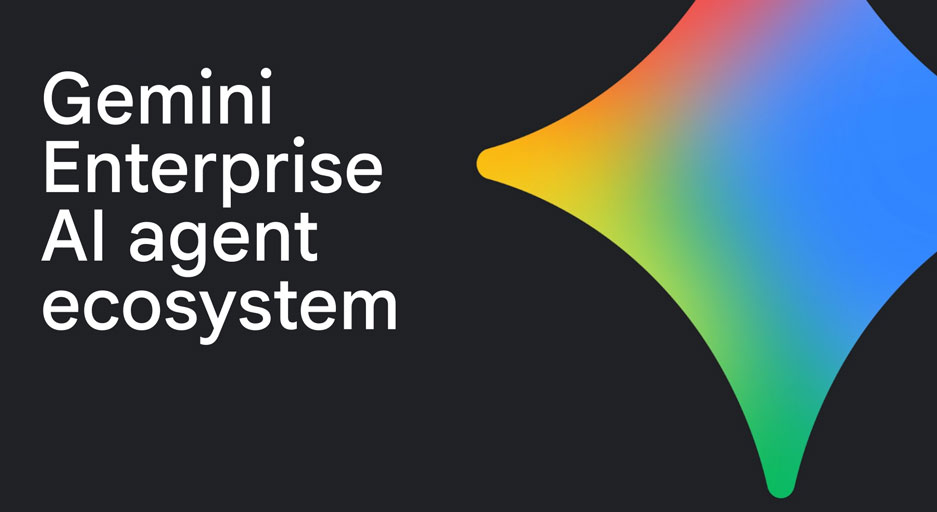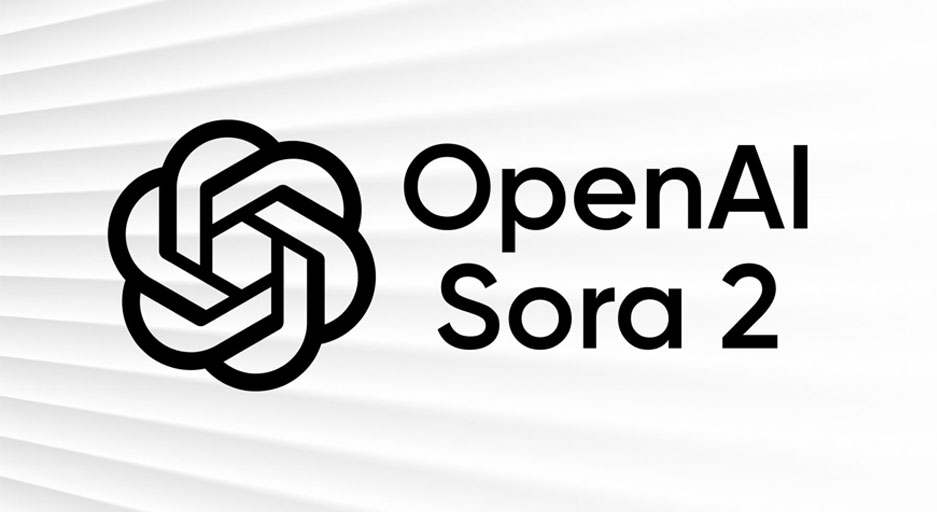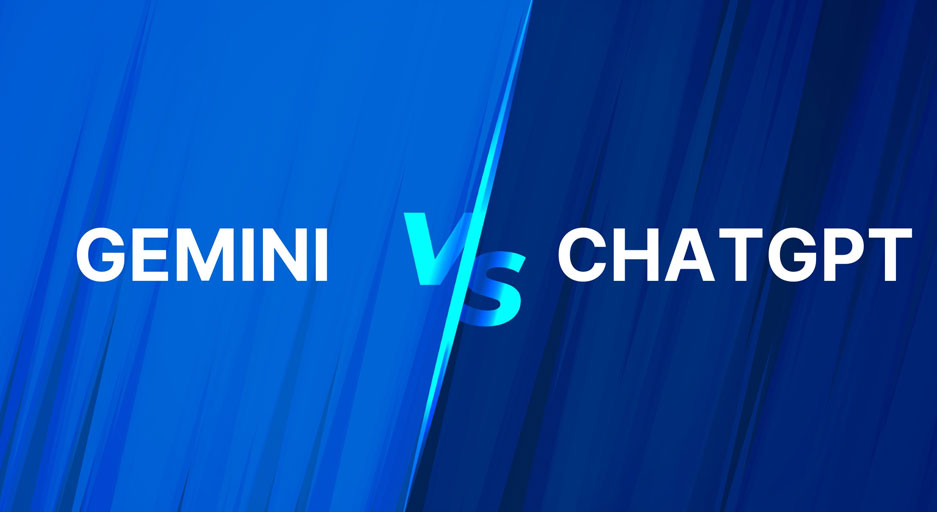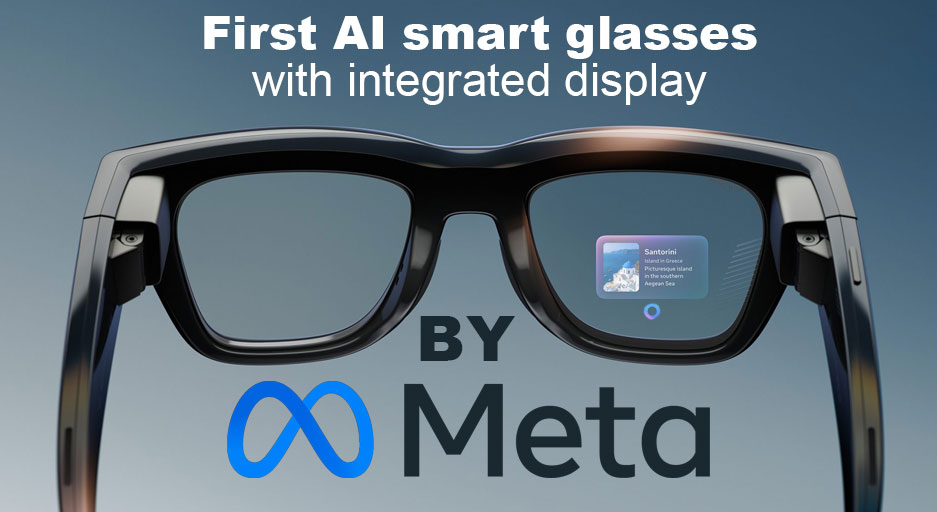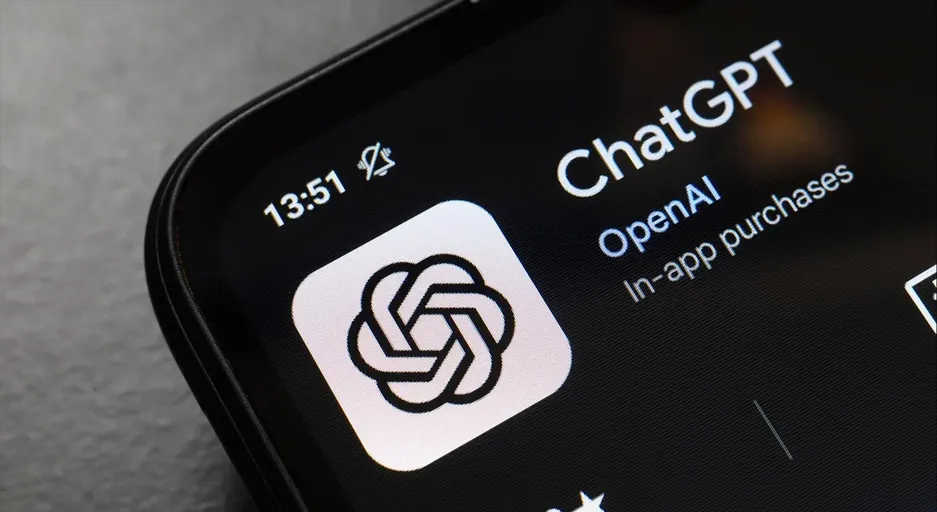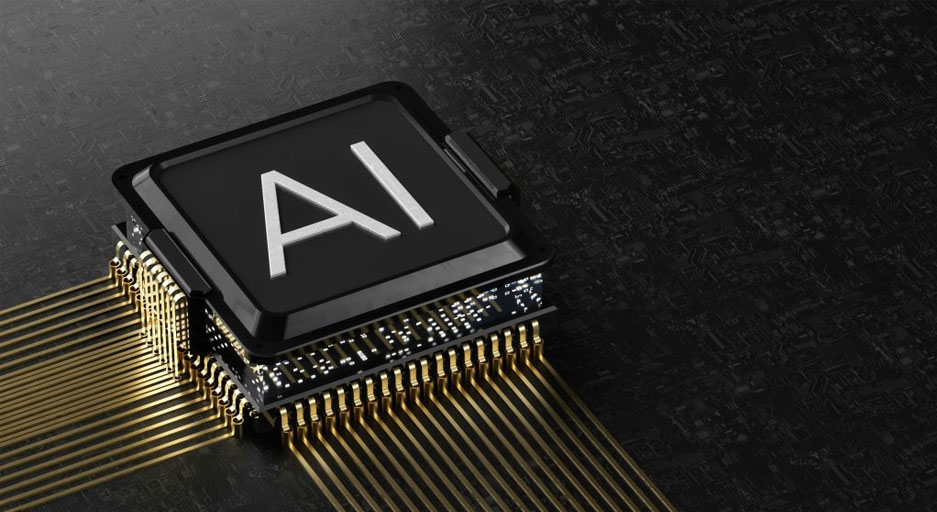The Best AI Observability Tools in 2025: Building Trust in a World Run by Algorithms
Artificial intelligence is no longer an experiment sitting quietly in a lab.
In 2025, AI systems are deeply woven into the real world—making decisions that influence hospitals, logistics networks, financial systems, and everyday consumer experiences. Yet, as AI stretches into these high-stakes environments, even a small, undetected anomaly—a data drift, a subtle input shift, or a performance glitch—can turn a confident automation pipeline into a costly public failure.
That’s why AI observability has become a non-negotiable part of the modern AI stack. It’s no longer a “nice-to-have” for data scientists—it’s a critical discipline for product managers, compliance officers, and business leaders who want their AI systems to remain reliable, explainable, and defensible.
What Is AI Observability—and Why It Matters
AI observability is the practice of continuously monitoring, understanding, and explaining how machine learning models behave in production.
Unlike traditional monitoring, which tracks infrastructure metrics, observability connects data quality, model performance, and system behavior—revealing why an AI system behaves the way it does, not just when something goes wrong.
It’s the difference between knowing your model failed and understanding why it failed.
As AI moves from experimentation to production, observability provides the guardrails that keep automation stable, compliant, and trustworthy.

Top 5 AI Observability Tools in 2025
Below are five standout platforms that are redefining how teams monitor and manage AI systems in production.
1. Logz.io — Unified Observability for Complex AI Systems
Logz.io delivers a cloud-native, open observability platform designed to meet the scale and complexity of today’s ML and AI ecosystems. It unifies logs, metrics, and traces into one powerful interface, allowing teams to visualize and analyze every stage of the AI lifecycle.
Key strengths:
-
AI-driven root cause analysis: Automated anomaly detection and natural-language insights speed up troubleshooting.
-
Deep integrations: Connects effortlessly with major cloud platforms, orchestration tools, and ML frameworks.
-
Guided workflows: Interactive investigation flows help teams—even junior engineers—resolve incidents faster.
-
Cost optimization: Smart data management reduces monitoring overhead while preserving critical insights.
2. Datadog — From Infrastructure to Intelligence
Once known primarily for infrastructure monitoring, Datadog has evolved into a comprehensive AI observability powerhouse. It provides model-centric dashboards, real-time analytics, and predictive alerts that help teams catch issues before they reach production.
Highlights:
-
Full telemetry stack—logs, traces, metrics, and model data.
-
AI-specific monitoring for drift, bias, and inference performance.
-
Shared dashboards that promote collaboration between SREs, engineers, and data scientists.
-
Fast integrations with TensorFlow, PyTorch, MLflow, and Kubeflow.
Datadog is particularly strong in large enterprises looking for end-to-end visibility from infrastructure to model outcomes.
3. EdenAI — Vendor-Agnostic AI Monitoring
In a world where companies mix APIs from OpenAI, Anthropic, and open-source models, EdenAI offers a truly vendor-agnostic observability layer. It centralizes health metrics, telemetry, and performance insights across all your AI tools—no matter where they live.
Core capabilities:
-
Centralized dashboards for all APIs, models, and endpoints.
-
Cross-platform drift and latency detection.
-
Automated auditing for governance and compliance.
-
Plug-and-play integration with major AI cloud providers and on-prem systems.
For organizations managing multiple AI vendors, EdenAI offers clarity and control without vendor lock-in.
4. Dynatrace — Autonomous Observability with Davis® AI
Dynatrace extends its legacy of autonomous DevOps into the world of AI.
Its Davis® AI engine continuously analyzes model performance, pipeline dependencies, and end-to-end system health—delivering actionable insights before incidents occur.
Why it stands out:
-
Proactive detection of model drift and abnormal behavior.
-
Dynamic topology mapping that visualizes dependencies from data source to inference.
-
Predictive analytics that forecast issues before they impact users.
-
Seamless scalability across cloud, MLOps, and enterprise systems.
Dynatrace is ideal for enterprises demanding self-healing, predictive monitoring at massive scale.
5. WhyLabs — Data-Centric Monitoring for Responsible AI
WhyLabs focuses on transparency and data integrity—the foundation of trustworthy AI. Built for teams who care about governance and fairness, it tracks everything from raw data pipelines to real-time predictions.
Key advantages:
-
Real-time pipeline monitoring for data drift and schema anomalies.
-
Model dashboards for bias, accuracy, and rare event tracking.
-
Supports both structured and unstructured data.
-
Collaborative workflows and incident playbooks for team response.
WhyLabs stands out for its commitment to responsible AI—helping companies catch problems before they become ethical or compliance risks.
Real-World Impact of AI Observability
Observability isn’t just a technical safeguard—it’s a competitive advantage.
-
In healthcare, observability can detect subtle data shifts after a firmware update that would otherwise degrade diagnostic accuracy.
-
In finance, it can reveal demographic bias caused by upstream data drift before it leads to regulatory trouble.
-
In customer service, it can identify when AI recommendations slow down response times and guide teams toward retraining models.
When observability works, AI becomes safer, smarter, and more aligned with human goals.
How to Choose the Right AI Observability Platform
Selecting the best AI observability tool depends on your organization’s scale, maturity, and ecosystem. Before committing, evaluate:
-
Breadth of telemetry coverage — Does it monitor data, models, and infrastructure equally well?
-
Automation and intelligence — How proactively does it detect and explain issues?
-
Ease of integration — Can it plug into your existing cloud and MLOps stack?
-
Compliance and auditability — Are logs and reports robust enough for regulatory scrutiny?
-
Ecosystem fit — Does it align with your frameworks, data workflows, and team expertise?
Investing in observability isn’t just about tracking metrics—it’s about building trust, resilience, and agility into your AI systems.
Final Thoughts: Observability as the Backbone of Reliable AI
In 2025, AI observability defines the difference between experimental innovation and operational excellence.
As automation becomes deeply embedded in how we diagnose, trade, deliver, and communicate, the teams that master observability will be the ones who scale AI responsibly and confidently.
Whether you’re a startup deploying your first model or a global enterprise running hundreds, observability isn’t optional—it’s your foundation for sustainable AI success.
About the author : koosha Mostofi
I’m Koosha Mostofi — a multidisciplinary media creator, full-stack developer, and automation engineer, currently based in Tbilisi, Georgia. With more than two decades of professional experience, I’ve been fortunate to work at the crossroads of technology and creativity, delivering real-world solutions that are both visually engaging and technically robust.



